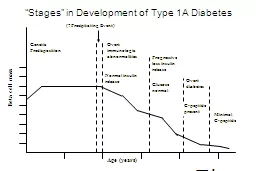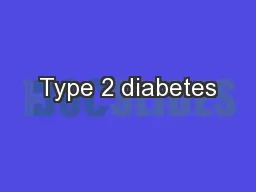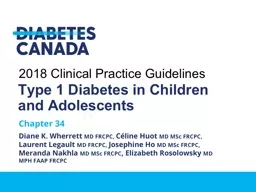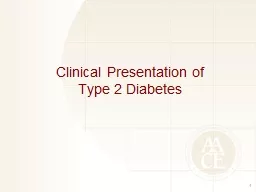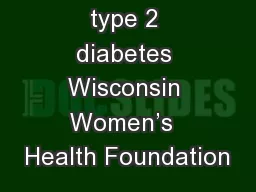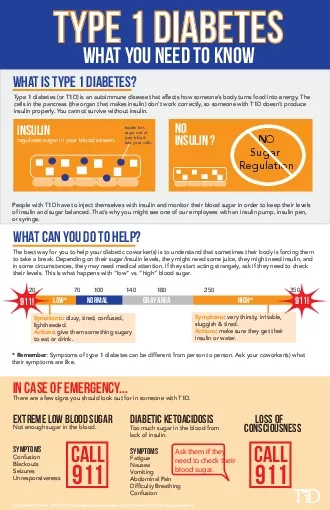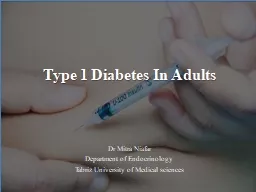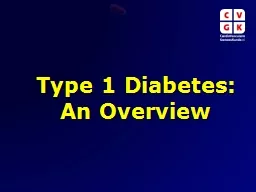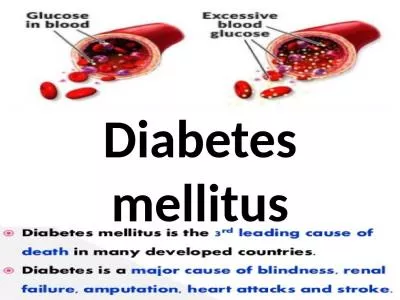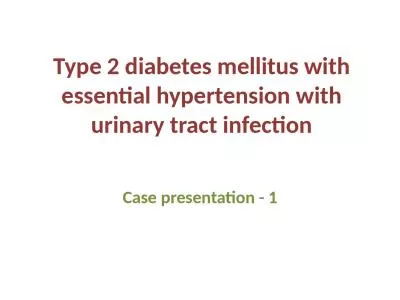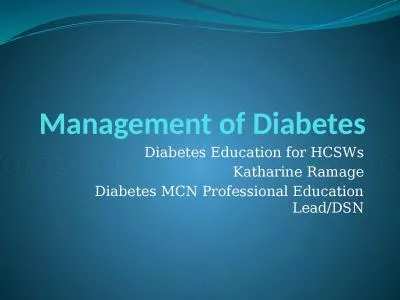PPT-“Stages” in Development of Type 1A Diabetes
Author : cheryl-pisano | Published Date : 2020-04-02
Age years Genetic Predisposition Beta cell mass Precipitating Event Overt immunologic abnormalities Normal insulin release Progressive loss insulin release Glucose
Presentation Embed Code
Download Presentation
Download Presentation The PPT/PDF document " “Stages” in Development of Type 1A ..." is the property of its rightful owner. Permission is granted to download and print the materials on this website for personal, non-commercial use only, and to display it on your personal computer provided you do not modify the materials and that you retain all copyright notices contained in the materials. By downloading content from our website, you accept the terms of this agreement.
“Stages” in Development of Type 1A Diabetes: Transcript
Download Rules Of Document
" “Stages” in Development of Type 1A Diabetes"The content belongs to its owner. You may download and print it for personal use, without modification, and keep all copyright notices. By downloading, you agree to these terms.
Related Documents

